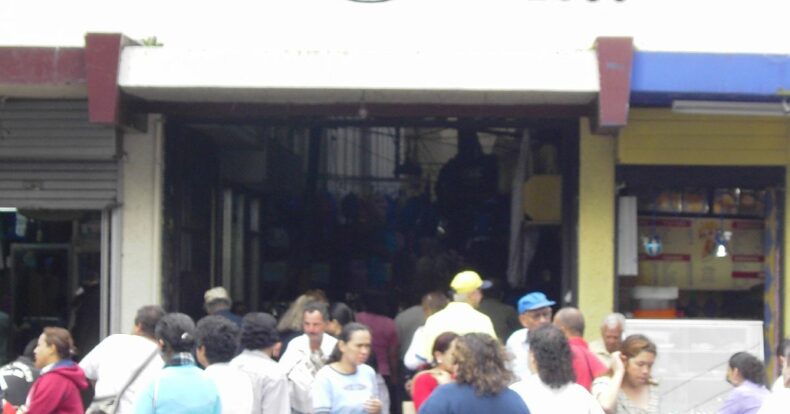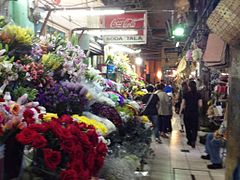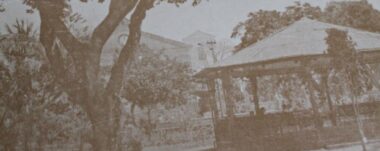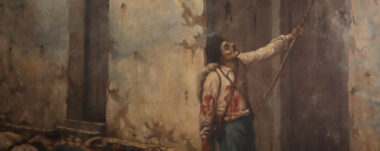The Central Market of Costa Rica

The Central Market of Costa Rica, located in the heart of the city of San José, is one of the most emblematic places of the capital. Costa Ricans and foreigners come to do their shopping or to enjoy the local food.
Part of the building was erected at the end of the 19th century and another stage was built during the decade of the forties at the end of the last century. It is located on Avenues 0 and 1 and 6th and 8th Streets, established in 1880 and declared a national heritage site in 1995.
In its labyrinths of narrow aisles you will find everything from clothing to fresh fish and meats, as well as the best tortilla patties and household items.
Architecture
It presents a part of the late nineteenth century, which shows a neoclassical influence, and a more current, dating from the 40s of the twentieth century, with modernist style.
All the floors of the initial building were made of stone, while the roof structure was made of wood, its roof was covered with terracotta tiles and, apparently, it had a second floor over the pavilion facing Central Avenue. However, the structure was severely damaged in the 1888 earthquake, which led to several more modern restorations.
The interior of the Central Market became a spatial chaos that reflects well the lack of architectural coherence that today also reveals its exterior. Despite this lack of architectural planning, the labyrinths of sections and stores of all kinds are the headquarters of Costa Rican popular culture to this day, to the delight of tourists who come to visit this popular jewel.
History of the Central Market of Costa Rica
Before the construction of the building, Costa Ricans used to hold their markets in open-air plazas. At the point where the current building is located, a large number of stalls of all kinds of vendors had been concentrated and because of their popularity, it was decided to build a building there.
On February 17th, 1849, a market project was published in the official newspaper “El Costarricense” whose purpose was: 1º to establish a daily market, decent and comfortable for the living class and for the people, 2º to reduce said market to an exclusive place, since it is not well in the main square, and 3º to give the Municipality a new fund that although it demands a small expense at first, after some years it promises to be useful”. The building was constructed in 1880.

An Infrastructure that has been Damaged and Restored Multiple Times
Later, in 1928, the building already had many cracks and the wooden ceiling was full of termites. This threatened the safety of the users. For this reason, an international competition was launched to build a new building. This attempt was unsuccessful and the old building was renovated.
The second floor and the roof were severely damaged during the earthquake of December 30, 1888. It was then decided to demolish the damaged second floor, roof those one hundred rods, repair the rest of the roof and continue to use the market.
In the 1940s, construction began on a new stage, but it could not be completed. Only the northeast section, located between 1st Avenue and 6th Street, was built. This module can still be seen, along with what survives of the original market after almost 140 years: the west pavilions and half of the one located to the north. As for the south pavilion and half of the east pavilion, they are only half preserved. In fact, they were modified in the 1960s when it was considered that the market was a “den of criminals” that gave a “bad image” of San José, a city that needed to “modernize”. To this end, the municipality had planned to demolish the building and transform it into a shopping center.
However, protests against the project succeeded in getting the idea abandoned. On the contrary, in 1995 the Central Market was declared National Architectural Heritage.
Author: M. Barrantes for Sensorial Sunsets
Sources
https://es.wikipedia.org/wiki/Mercado_central_de_San_Jos%C3%A9
Navigate articles




